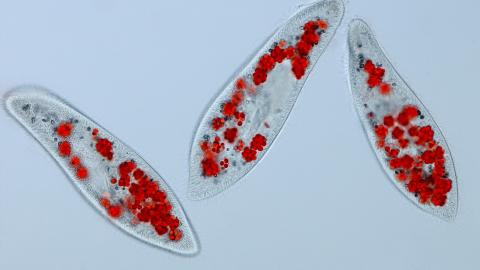Gasoline Alternative Created Inside Yeast Cells

What’s the Latest Development?
Using yeast cells, biochemical engineers at MIT have found a way to boost the production of isobutanol, a chemical which has long been considered a possible alternative to gasoline fuel. “The scientists engineered yeast so that isobutanol synthesis takes place entirely within mitochondria, cell structures that generate energy and also host many biosynthetic pathways. Using this approach, they were able to boost isobutanol production by about 260 percent.” Researchers will now see if their production method creates enough isobutanol for commercial use.
What’s the Big Idea?
Relative to other kinds of chemicals, heavy alcohols like isobutanol contain more energy and are more compatible with existing gasoline-based infrastructure. But besides the important role MIT’s recent research may play in finding new and better energy sources, the method used to produce chemicals at the cellular level is not limited to isobutanol. “It’s opening up the opportunity to make a lot of biochemicals inside an organelle that may be much better suited for this purpose compared to the cytosol of the yeast cells,” said Gregory Stephanopoulos, MIT professor and author of the research.
Photo credit: Shutterstock.com





